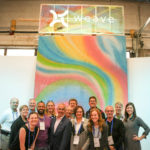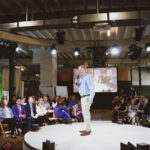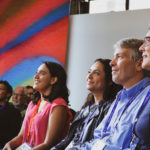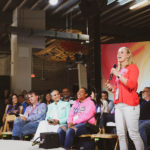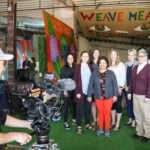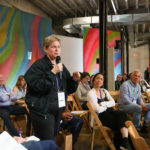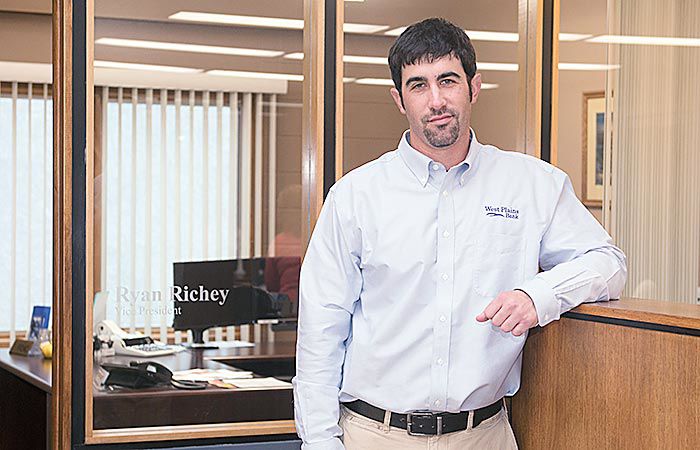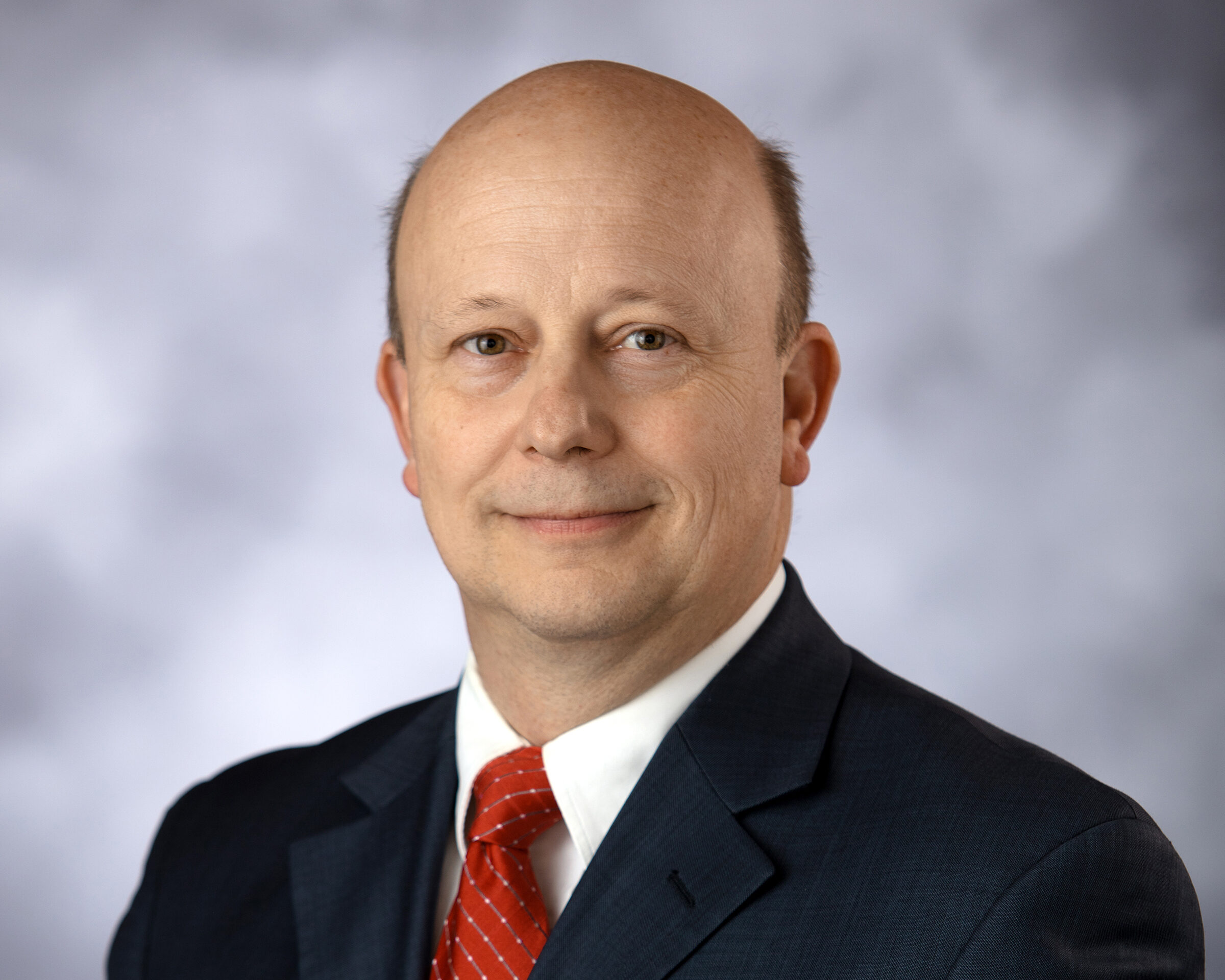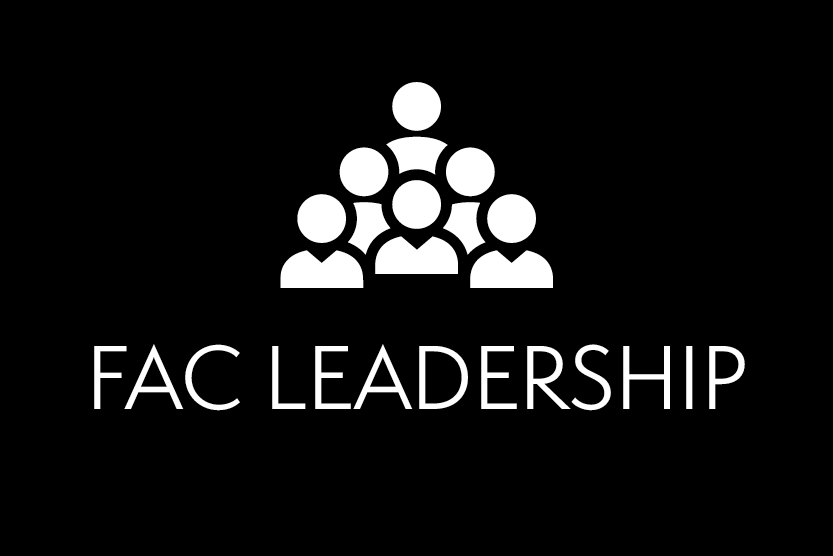On May 14-16, 275 community “weavers” from across the country gathered at Union Market in Washington, DC to share their own personal stories, listen to the experiences of others, combat social isolation, repair fragmentation, and unite their communities and organizations in a growing movement for the common good.
Fourteen of those individuals hailed from Nebraska representing communities all across the state including Columbus, Grand Island, Grant, McCook, Nebraska City, Ogallala, Paxton, Taylor, and Lincoln. Many were there to talk about the work they had done with their local Nebraska Community Foundation community-based affiliated fund.
Weave: The Social Fabric Project is a movement led by New York Times columnist and author David Brooks. In March, in advance of the DC gathering, Brooks and his team spent 72 hours in Greater Nebraska touring communities in the NCF network in an effort to better understand the elements that make for a strong community.
Said Brooks of his Nebraska visit: “Everybody says rural America is collapsing. But I keep going to places with more moral coherence and social commitment than we have in booming urban areas. These visits prompt the same question: How can we spread the civic mind-set they have in abundance?”
Over the better part of a year, the Weave team has visited dozens of communities across the United States interviewing community weavers and striving to understand what they have in common and how these qualities may be replicated in other places.
Ronda Graff and Matt Sehnert of McCook were even invited on stage to share their community success stories and reasons for joining the weaver movement. Throughout the course of the gathering, that same stage would be occupied by David Brooks and many other important authors, journalists and researchers including Jonathan Haidt, Martha Welch, David Bornstein and Katie Couric.
On May 16, David Brooks published a column in The New York Times about the #WeavethePeople conference reflecting on his experience and calling on fellow members of the media to investigate and publish more stories on the compelling solutions rather than the problems, error and conflict facing our nation. “How did we in our business get in the spot where we spend 90 percent of our coverage on the 10 percent of our lives influenced by politics and 10 percent of our coverage on the 90 percent of our lives influenced by relationship, community and the places we live in every day?” he asks. To read the full column, click here.
To read more about David Brooks’ March 2019 visit to Greater Nebraska, click here.

